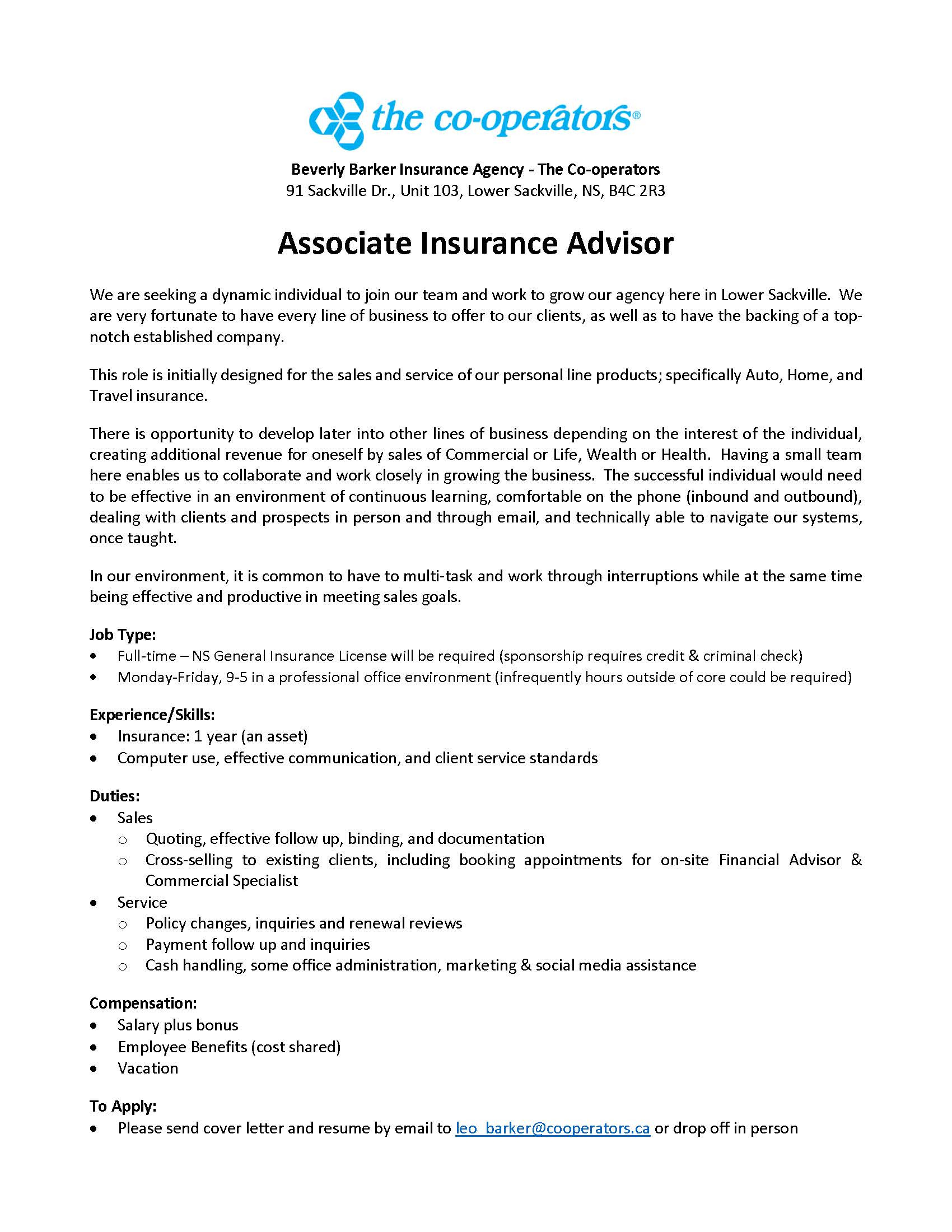
You may be wondering what the new Social Security changes will mean for your benefits. The answer depends on your age as well as how long you have been working. Joe Biden's proposal would allow a lifetime low earner with 30 years of insurance to receive $1,416 per monthly. He also would switch the Social Security inflationary tether to the Consumer Price Index for the Elderly.
Average monthly benefits
Assuming that inflation remains low and benefits increase at the same speed, retirementes could see an annual average increase in their check of up to $175. Social Security beneficiaries currently receive $1,668 in monthly benefits. However, it may not be enough for rising living expenses.
Social security beneficiaries get an annual cost-of living adjustment (COLA), which is meant to keep their monthly payments in line with the cost of living. However, the rising price of food, energy, and other necessities are making it increasingly difficult for many to maintain their standard of living. A new bill in Congress seeks to ease this strain by increasing recipients' monthly checks by as much as $200. This will allow for annual benefits upto $2400
Cost-of living adjustment
Every year, the Social Security Administration releases estimates of the cost of living adjustment for retirement benefits (COLA). These figures are based the Consumer Price Index as it measures the general price for goods and services at June 30, 2018. The CPI-W is the Consumer Price Index for Urban Wage Earners and Clerical Workers. The CPI-W was at 9.1% as of June 30, 2017.

A number of recent legislative proposals call for annual Cost-of-Living Adjustment (COLA) increases for OASDI benefits. These increases are meant to reflect inflation trends, as well the spending patterns of the older population. This means that older people should get higher benefits. However, economists claim that COLAs can be too high and should be reduced to accurately reflect inflation. Robert Ball, a former commissioner for Social Security, has also made the same argument.
Maximum benefit
According to projections, the Social Security Trust Fund will have enough resources to continue paying benefits to current beneficiaries until 2035. If this projection is correct, changes to the full retirement age could be made to the program. The program's changes should not be major. These changes should not be drastic and have a positive effect on the retirement benefits for older Americans.
In recent years, Social Security benefit changes have led to a greater amount of maximum benefits. Benefits will be maximized if you claim them at the correct time if you are a retired person in your fifties. Even though you might not have many options for claiming your benefits, you can still coordinate your claiming with your spouse to maximize the monthly income.
A vow of poverty is required for religious orders
A vow of poverty is a requirement for religious orders. In order to live in the community, they will have to give up some of their rights. They must give up certain rights, including the stipends at Masses, their salaries and savings from personal expenses. The vow or poverty is a compromise between religious duties and their ability of earning. A vow of poverty may be very serious. Religious must know the difference between formal and informal vows. A simple vow might be a step towards a solemn pledge, but it does not make the vow permanent, as is a vow to poverty.
Apart from the financial benefits that a religious order offers, clergy may be exempted from having to pay self employment taxes by vowing poverty. The IRS already considers the income received by pastors as part and parcel of religious orders' income. A pastor who is employed by an external organization must pay self employment tax on any income earned.

Double-indexing
Double-indexing Social Security changes would mean that benefits for retirees would increase in line with inflation. Social Security benefits currently are indexed at retirement on the basis of wage levels. These are then adjusted annually to adjust for changes in CPI. This is intended to ensure that benefits remain stable over time, particularly as people get older. In the draft report of the commission, the changes to the indexing method were explained.
This type of indexing has various distributional effects on the benefits of a retiree. A 2040 benefit would be lower for an average worker than it would have been in 2010. These reductions would also be applicable to future retirees.
FAQ
What are the Different Types of Investments that Can Be Used to Build Wealth?
There are many different types of investments you can make to build wealth. Here are some examples.
-
Stocks & Bonds
-
Mutual Funds
-
Real Estate
-
Gold
-
Other Assets
Each one has its pros and cons. Stocks or bonds are relatively easy to understand and control. However, they are subject to volatility and require active management. On the other hand, real estate tends to hold its value better than other assets such as gold and mutual funds.
Finding something that works for your needs is the most important thing. The key to choosing the right investment is knowing your risk tolerance, how much income you require, and what your investment objectives are.
Once you have decided what asset type you want to invest in you can talk to a wealth manager or financial planner about how to make it happen.
Why it is important that you manage your wealth
The first step toward financial freedom is to take control of your money. It is important to know how much money you have, how it costs and where it goes.
Also, you need to assess how much money you have saved for retirement, paid off debts and built an emergency fund.
If you do not follow this advice, you might end up spending all your savings for unplanned expenses such unexpected medical bills and car repair costs.
What are some of the best strategies to create wealth?
You must create an environment where success is possible. You don't need to look for the money. If you're not careful, you'll spend all your time looking for ways to make money instead of creating wealth.
Also, you want to avoid falling into debt. While it's tempting to borrow money to make ends meet, you need to repay the debt as soon as you can.
You can't afford to live on less than you earn, so you are heading for failure. When you fail, you'll have nothing left over for retirement.
It is important to have enough money for your daily living expenses before you start saving.
How old do I have to start wealth-management?
Wealth Management is best done when you are young enough for the rewards of your labor and not too young to be in touch with reality.
The sooner you invest, the more money that you will make throughout your life.
You may also want to consider starting early if you plan to have children.
You could find yourself living off savings for your whole life if it is too late in life.
What are the benefits to wealth management?
The main benefit of wealth management is that you have access to financial services at any time. You don't need to wait until retirement to save for your future. It's also an option if you need to save money for a rainy or uncertain day.
To get the best out of your savings, you can invest it in different ways.
For example, you could put your money into bonds or shares to earn interest. To increase your income, property could be purchased.
You can use a wealth manager to look after your money. You don't have the worry of making sure your investments stay safe.
How Does Wealth Management Work?
Wealth Management is where you work with someone who will help you set goals and allocate resources to track your progress towards achieving them.
Wealth managers are there to help you achieve your goals.
They can also help you avoid making costly mistakes.
Where To Start Your Search For A Wealth Management Service
You should look for a service that can manage wealth.
-
Has a proven track record
-
Is the company based locally
-
Free consultations
-
Continued support
-
Has a clear fee structure
-
Reputation is excellent
-
It's easy to reach us
-
Offers 24/7 customer care
-
Offering a variety of products
-
Charges low fees
-
Does not charge hidden fees
-
Doesn't require large upfront deposits
-
You should have a clear plan to manage your finances
-
Is transparent in how you manage your money
-
Makes it easy to ask questions
-
Does your current situation require a solid understanding
-
Understands your goals and objectives
-
Are you open to working with you frequently?
-
Works within your financial budget
-
Does a thorough understanding of local markets
-
You are available to receive advice regarding how to change your portfolio
-
Are you willing to set realistic expectations?
Statistics
- These rates generally reside somewhere around 1% of AUM annually, though rates usually drop as you invest more with the firm. (yahoo.com)
- A recent survey of financial advisors finds the median advisory fee (up to $1 million AUM) is just around 1%.1 (investopedia.com)
- According to a 2017 study, the average rate of return for real estate over a roughly 150-year period was around eight percent. (fortunebuilders.com)
- Newer, fully-automated Roboadvisor platforms intended as wealth management tools for ordinary individuals often charge far less than 1% per year of AUM and come with low minimum account balances to get started. (investopedia.com)
External Links
How To
What to do when you are retiring?
After they retire, most people have enough money that they can live comfortably. But how do they put it to work? You can put it in savings accounts but there are other options. You could, for example, sell your home and use the proceeds to purchase shares in companies that you feel will rise in value. You could also purchase life insurance and pass it on to your children or grandchildren.
You can make your retirement money last longer by investing in property. The price of property tends to rise over time so you may get a good return on investment if your home is purchased now. You could also consider buying gold coins, if inflation concerns you. They do not lose value like other assets so are less likely to drop in value during times of economic uncertainty.